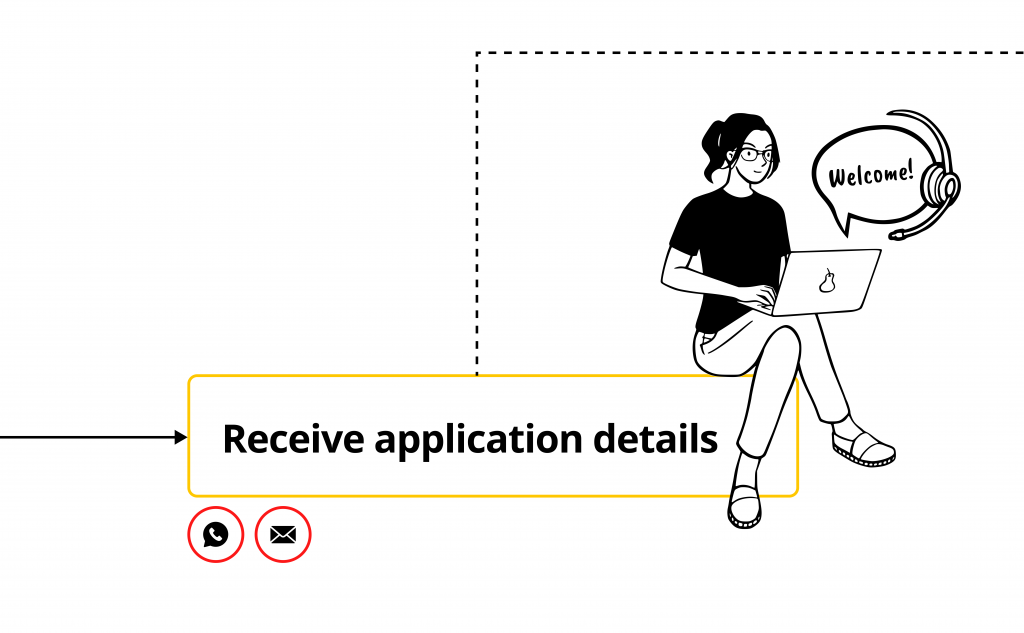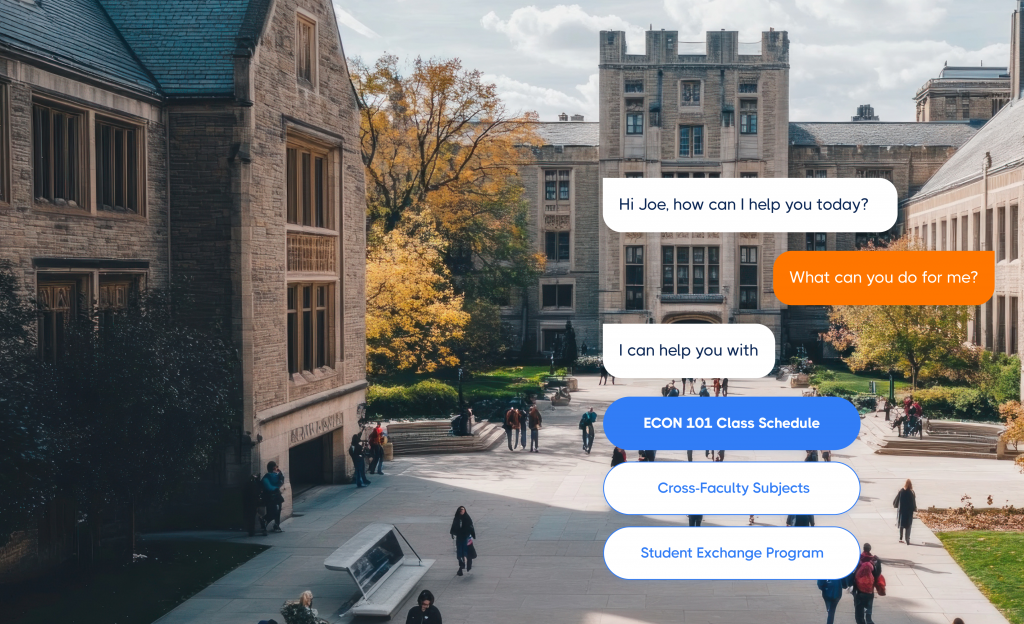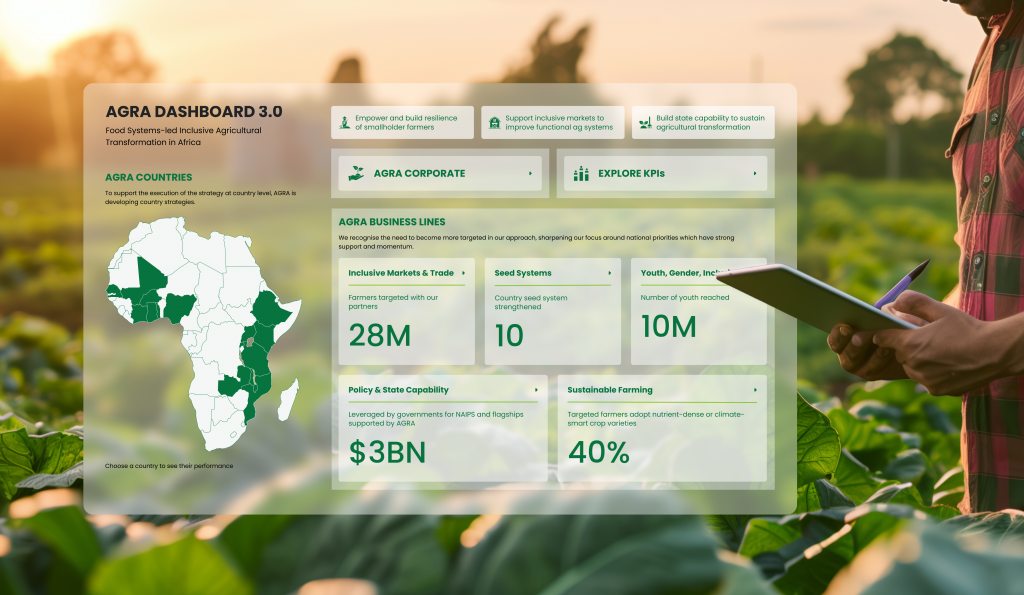Teach For India (TFI) is a non-profit organization dedicated to addressing educational inequity in India by recruiting and training leaders to teach in under-resourced schools. Through its highly selective Fellowship program, TFI empowers passionate individuals to drive change at the grassroots level, equipping them with leadership skills that extend beyond the classroom. The organization has impacted thousands of students and continues to build a strong network of education reformers.
TFI partnered with us to help meet their recruitment goals, and improve the end-to-end candidate experience using streamlined, thoughtfully designed communications. Our goal was to improve the efficiency and effectiveness of TFI’s communication strategies, reducing manual effort while maintaining a high-touch, personalized approach to candidate engagement.
EXPERTISE
- Research
- Systems Thinking
- Communication Strategy
- Graphic Design
OUTCOMES
- Optimized Communication Strategy ensuring more consistent, engaging, and strategic communication across all platforms
- Designed Communication Templates — improving visual appeal and clarity while enabling quick personalization for increased candidate engagement and shorter response times.
- Implementation Roadmap outlining a phased approach to address key challenges focusing on high-impact changes that improve selectivity and team efficiency.
- Service Blueprint mapping the entire recruitment process, identifying friction points, and surfacing opportunities for automation and streamlining.
APPROACH
Cross-Functional Deep Dive
We kicked things off with a two-day Wisdom Mining Workshop—a deep dive into the entire recruitment journey. By bringing together all the teams a candidate would interact with, we created space for cross-functional understanding, helping everyone see the process from different perspectives. This broke down silos, uncovered friction points, and surfaced shared challenges. We complemented this with one-on-one conversations across teams and candidates, giving us a clear view of both strategic priorities and on-ground realities. Together, this mix of structured collaboration and candid dialogue helped us get to the heart of the problem.

We also analysed recruitment data—application highs and lows, drop-off points, and candidate feedback—to get a pulse on the system’s performance, giving us a quantitative perspective of where the experience could be improved.
Uncovering the Root Problem
We conducted a thorough evaluation of existing communication material, assessing over 200 pieces of collateral sent to candidates, measuring them against 5 key criteria: Appearance, Relevance, Structure, Conciseness, and Tone. Based on the results, we devised Communication Guidelines to ensure that all communication would be strategic, concise, and brand-aligned across all touchpoints. Our deep dive also revealed that candidates—from working professionals to college students—responded differently to outreach, highlighting the need for more tailored communication. Unifying the messaging and elevating social media quality therefore, presented a strong opportunity to strengthen the brand’s overall presence and build a more cohesive identity.
We discovered that templatising even 10% of the material could improve both efficiency and consistency, while still allowing for hyper-personalisation. So we redesigned a selection of communication in a manner that allowed for easy personalisation without design support. RITE (Rapid Iterative Testing Exercise) helped us get feedback from real candidates on the new designs, and we incorporated their suggestions to further enhance the material.
Building the Blueprint

As we gathered insights, we began building the Service Blueprint—starting with post-its on Miro and evolving into a detailed map that captured the nuances of the candidate journey. Through the Blueprint, we tracked the flow of communication and touchpoints using distinct connectors (e.g. with and without arrowheads, solid v/s dashed v/s dotted lines) to represent direct interactions, automated handoffs, and feedback loops. By logging all communication channels and people involved, we could see how different elements connected and where inefficiencies emerged.
We identified that 40% routine touchpoints could be automated, reducing manual effort while maintaining engagement. A complementing Ecosystem Map highlighted hotspots where consolidation of communication channels could simplify management, eliminate duplicate communications and reduce team burnout.

From Communication to Structural Transformation
What began as a communication strategy project quickly revealed challenges beyond communication. By the end, we identified 8 key challenges that were hindering the process and developed a structured Roadmap informed by a prioritisation matrix—allowing the team to focus on high-impact changes first, while setting the foundation for more complex, long-term improvements.
Equally important was ensuring that the team could sustain and evolve these improvements over time. We conducted a Training Workshop with the entire team, equipping them with the tools to read and refine the service blueprint, adjust communication strategies as needed, and manage future challenges independently. By addressing both strategic and structural gaps, we not only enhanced the candidate experience but also added a scalable system that could grow with TFI’s evolving recruitment needs.
Join Teach for India as they revolutionise education in India through their Fellowship Program and various other initiatives.


